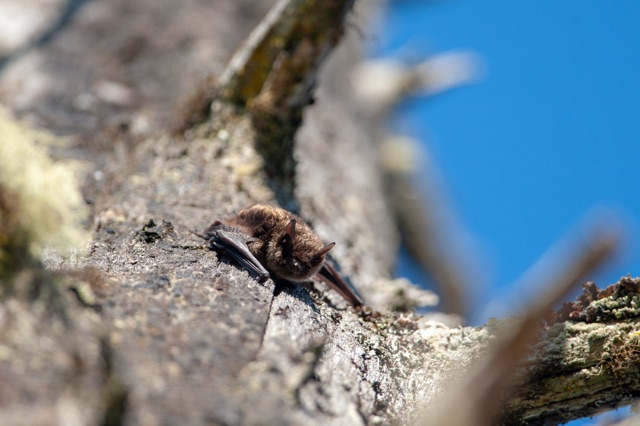Bats are intriguing creatures, with their extraordinary flying abilities and vital ecological significance. However, when these nocturnal mammals move into our houses, they can become a source of concern. Early detection of a bat infestation is critical for protecting your house and family’s health. In this post, we will look at the indicators of a bat infestation, as well as effective eradication methods and preventative measures.
Identification of Bat Infestations
Activity at Night
Bats are typically nocturnal, which means that they are most active at twilight and dawn. Keeping an eye on the outside of your house during these times will help you detect their flight patterns. Look for bats flying in and out of cracks, gaps, or crevices to indicate their presence.
Strange Sounds
Bats can make quiet but audible noises inside your home. Squeaking, scraping, or rustling sounds should be avoided, especially in attics, chimneys, and wall voids. These sounds are often made by bats when they look for roosting sites or return to their nests.
Guano (Bat Droppings)
Guano, or bat droppings, resemble small, elongated pellets. If you observe guano piles in and around your home, especially in areas like attics, eaves, or porches, it could be a symptom of a bat infestation.
Stains Caused by Oil
Because bats’ fur contains natural oils, they create greasy markings or stains near their roosting locations when they repeatedly enter and escape through the same apertures.
Removal Methods That Work
Seek Professional Advice
Bat removal can be a difficult and even dangerous undertaking because bats can transmit diseases such as rabies. It is advisable to contact a professional wildlife control firm with bat management skills for safe and humane removal. They have the knowledge and specific equipment to remove bats safely and lawfully.
Techniques of Exclusion
Exclusion strategies are frequently used by professional bat removal services to exclude bats from your property while preventing re-entry. Except for one primary exit, this method entails finding and shutting all potential entrance points. Exclusion cones, for example, allow bats to leave but not return.
Precautionary Measures
Entry Points that are Secure
Following the removal of the bats, thoroughly check your property to identify and seal all potential access points. Close holes in roofs, vents, and chimneys with caulk, mesh, or weatherstripping.
Set up Bat Houses
Bat homes offer bats an alternate roosting location, encouraging them to prefer these buildings over your home. For optimal solar exposure, place bat houses high up on walls or on poles facing south or southeast.
Lighting for the Outside
Bats are naturally attracted to insects lured to outdoor lights. Use motion-sensor lights or replace bright white bulbs with yellow or red bulbs, which are less appealing to insects, to reduce bat activity near your home.
Early detection of bat infestations and prompt treatment are critical for protecting your house and family from any health problems linked with bat presence. Look for nocturnal activity, unusual noises, guano, and oil stains as signs of bat infestations. Seek expert help for a safe and compassionate evacuation, and use exclusion techniques to prevent re-entry. Preventative steps such as securing access points and erecting bat shelters can also assist keep bats out of your living space while supporting their important function in the environment. You can coexist happily with bats while protecting your house and loved ones if you follow these guidelines.

